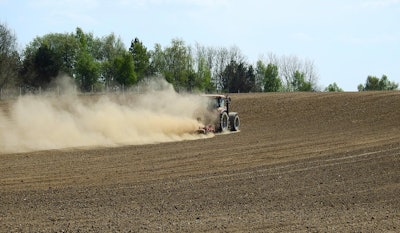
Significant changes in drought conditions swept across the United States last week, with heavy rainfall bringing relief to the Southeast while hot, dry weather worsened conditions in the Rockies, according to the latest U.S. Drought Monitor report from the National Drought Mitigation Center at the University of Nebraska-Lincoln, the United States Department of Agriculture and the National Oceanic and Atmospheric Administration.
Parts of the Southeast received between 1.5 and 6 inches of rain, dramatically improving previously dry conditions across Georgia, the Carolinas and northern Florida. The heaviest rainfall—between 3 and 5 inches—drenched southern North Carolina through western and central South Carolina into northeastern, central and southwestern Georgia.
“This precipitation robustly improved the moisture budget,” the report stated, resulting in one-category improvements across previously drought-affected areas.
Meanwhile, the central and northern Rockies faced deteriorating conditions as hot, dry weather combined with high winds intensified drought across Utah, eastern Nevada and western Colorado. Extreme drought expanded in west-central and northwestern Colorado, with severe drought now covering large portions of southern and western Wyoming.
The Great Plains continued to see improvement after another wet week, with rainfall totals reaching 3 inches in spots from northern Kansas through the Dakotas. This precipitation reduced the coverage of severe drought, now limited to parts of south-central Nebraska, southwestern Nebraska and a small area in south-central South Dakota.
New areas of abnormal dryness emerged in the Mississippi Valley, Tennessee Valley and near the western Appalachian foothills due to emerging short-term precipitation deficits.
Agricultural impacts remain significant in drought-affected regions. The U.S. Department of Agriculture reported that 90% of Nevada rangeland was in poor or very poor condition, while 50% of Washington’s barley crop and 48% of its spring wheat crop faced similar struggles.
Looking ahead, forecasters expect an area of showers and thunderstorms off the Southeastern Coast that may develop into a tropical system. The five-day outlook calls for 1 to 3 inches of rain along the South Atlantic and Gulf coasts, with similar amounts expected near a frontal system from the Middle Mississippi Valley into the Great Lakes Region.
Temperatures are predicted to average above normal across most of the country in the coming week, with the greatest departures in the interior West and Northeast, where highs could reach 6 to 12 degrees above normal.















